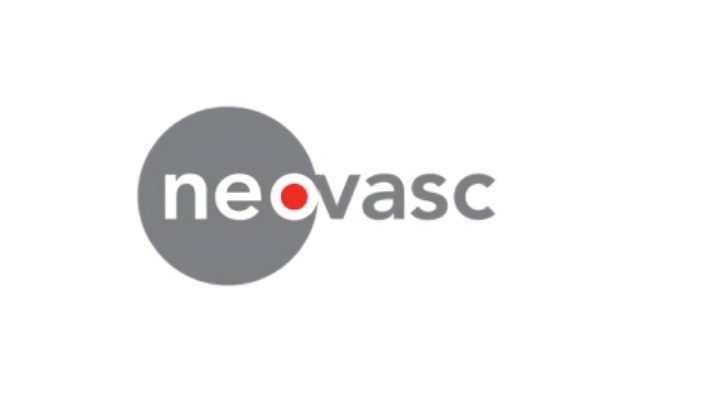Neovasc, Inc , a leader in the development of minimally invasive transcatheter mitral valve replacement technologies and in the development of minimally invasive devices for the treatment of refractory angina, announced that the Neovasc Reducer was featured in three presentations across Germany this month.
The presentations included:
- At the 20th Cardiology Symposium, Tommaso Gori, Uniklinik Mainz, gave a presentation during the session “Follow up and Ausblick”, titled, “When there is no option to treat angina pectoris anymore: The Reducer”
- At the 20th Cardiology Symposium – Cardiac Surgery Update Joachim Weber-Albers, St.-Johannes-Hospital Dortmund, presented and moderated a “live in the box case” during the Coronary Artery Disease session.
- At a workshop Landshut by the Krankenhaus Achdorf, in cooperation with Berlin-Chemie and Neovasc, Dr. Stylianos Pyxaras presented the Reducer as a new treatment option for chronic angina.
“We are encouraged by the growing use and satisfaction of physicians’ with the outcomes of the Reducer Therapy for their patients,” said Fred Colen, President and Chief Executive Officer of Neovasc. “Patients with refractory angina continue to suffer from chest pain despite medical therapy. We are proud to offer a proven and safe solution that can improve so many lives.”
About Reducer
The Reducer is CE-marked in the European Union for the treatment of refractory angina, a painful and debilitating condition that occurs when the coronary arteries deliver an inadequate supply of blood to the heart muscle, despite treatment with standard revascularization or cardiac drug therapies. It affects millions of patients worldwide, who typically lead severely restricted lives as a result of their disabling symptoms, and its incidence is growing. The Reducer provides relief of angina symptoms by altering blood flow within the myocardium of the heart and increasing the perfusion of oxygenated blood to ischemic areas of the heart muscle. Placement of the Reducer is performed using a minimally invasive transvenous procedure that is similar to implanting a coronary stent and is completed in approximately 20 minutes.
While the Reducer is not approved for commercial use in the United States, the FDA granted Breakthrough Device designation to the Reducer in October 2018. This designation is granted by the FDA in order to expedite the development and review of a device that demonstrates compelling potential to provide a more effective treatment or diagnosis of life-threatening or irreversibly debilitating diseases. In addition, there must be no FDA approved treatments presently available, or the technology must offer significant advantages over existing approved alternatives.
Refractory angina, resulting in continued symptoms despite maximal medical therapy and without revascularization options, is estimated to affect 600,000 to 1.8 million Americans, with 50,000 to 100,000 new cases per year. 1
1T. J. Povsic, S. Broderick, K. J. Anstrom et al., “Predictors of long?term clinical endpoints in patients with refractory angina,” Journal of the American Heart Association, vol. 4, no. 2, article e001287, 2015.
About Neovasc Inc.
Neovasc is a specialty medical device company that develops, manufactures and markets products for the rapidly growing cardiovascular marketplace. Its products include the Reducer, for the treatment of refractory angina, which is not currently commercially available in the United States (2 U.S. patients have been treated under Compassionate Use) and has been commercially available in Europe since 2015, and Tiara™, for the transcatheter treatment of mitral valve disease, which is currently under clinical investigation in the United States, Canada, Israel and Europe.


















